You'll find that drone tracking devices have become essential tools for both recreational pilots and professionals. Whether you're concerned about losing your expensive equipment or want to maintain precise flight paths, the right tracking solution can make all the difference. From simple buzzers to sophisticated GPS systems, today's market offers various options to keep your drone secure and findable. Let's explore six proven devices that'll give you peace of mind during every flight.
X1 Self-Flying Camera Drone with Follow-Me Mode
Adventure seekers and content creators will find their perfect companion in the HOVERAir X1 Self-Flying Camera Drone. This lightweight, foldable device weighs just 125g and fits in your pocket, making it ideal for on-the-go shooting.
You'll enjoy intelligent flight modes like Follow-Me, which tracks your movements up to 15 mph, perfect for cycling or skateboarding. The drone captures 2.7K video at 30fps and features one-click palm takeoff. With three batteries providing 11 minutes of flight time each, you can execute up to 20 intelligent flight paths per charge.
Monitor your shots in real-time through the Hover X1 App, then share your content directly to social media.
Best For: Casual content creators, adventure enthusiasts, and social media influencers who want an easy-to-use, portable drone for capturing hands-free footage of outdoor activities and sports.
Pros:
- Extremely portable and lightweight design that fits in a pocket and doesn't require FAA registration
- User-friendly operation with intelligent flight modes and one-click palm takeoff, perfect for beginners
- High-quality 2.7K video capture with multiple creative shooting modes like Follow-Me, Orbit, and Bird's Eye
Cons:
- Limited battery life of only 11 minutes per battery
- Batteries must be charged one at a time, which can be time-consuming
- No zoom capability in camera, which limits some creative shooting options
X1 Self-Flying Camera Drone with HDR Video
Sports enthusiasts and content creators will find the HOVERAir X1 Self-Flying Camera Drone to be a game-changing companion. You'll capture stunning 2.7K HDR video with the triple stabilization system while the drone tracks your movements at speeds up to 15 mph.
The pocket-sized design weighs just 125g and doesn't require FAA registration. You can choose from six flight paths including Hover, Follow, Zoom Out, Orbit, Bird's Eye, and Manual Control. With 32GB internal storage and 11 minutes of flight time per battery, you'll record smooth footage of your cycling, skateboarding, or hiking adventures. The X1 app lets you monitor footage and control the drone in real-time.
Best For: Outdoor sports enthusiasts, content creators, and beginners who want hassle-free aerial footage with automated tracking and flight paths.
Pros:
- Lightweight, portable design under 125g requires no FAA registration
- Advanced tracking system with multiple intelligent flight paths and smooth stabilization
- User-friendly operation with palm takeoff and built-in 32GB storage
Cons:
- Limited 11-minute battery life per charge
- Maximum video resolution of 2.7K may not satisfy professional videographers
- Tracking speed limited to 15 mph may not keep up with faster-paced activities
Finder Drone Alarm Buzzer for DJI Drones
Drone pilots seeking a reliable lost-drone solution will find the Finder Drone Alarm Buzzer by Craznick particularly compelling. This compact tracker combines a powerful 120dB alarm with a 100-lumen LED light, helping you locate your DJI drone when it's out of sight.
You'll appreciate the device's Bluetooth control, which works from 10-100 meters away and automatically triggers after 30 minutes of inactivity. It's compatible with most DJI models, including the Avata 2, Mavic 3, and Mini series. The 250mAh battery provides 15 days of standby time, while the silicone band design guarantees secure attachment to your drone.
Best For: Drone enthusiasts who fly in challenging environments or areas where losing sight of their DJI drone is a concern and need a reliable way to locate their aircraft.
Pros:
- Powerful 120dB alarm and bright 100-lumen LED light combination for effective drone location
- Long battery life with 15 days of standby time and quick 1.5-hour charging
- Universal compatibility with most DJI drone models and easy installation using silicone band design
Cons:
- Limited Bluetooth range of 10-100 meters may not be sufficient for long-range recovery
- Some users report battery life issues that don't match advertised specifications
- Only compatible with newer iPhones (iPhone 11 and above) running iOS 14.5 or newer
GPS Drone with 2K HD Camera and Auto Return Features
Photography enthusiasts seeking an affordable yet feature-rich tracking device will find exceptional value in this GPS-enabled drone. At under $100, you'll get advanced features like auto return, follow me mode, and circle fly capabilities typically found in pricier models.
The drone's 2K HD camera with 90° adjustment and 5G real-time transmission lets you capture stunning aerial footage. You won't need FAA registration thanks to its sub-250g weight. With dual batteries providing 32 minutes of flight time and the user-friendly HK55 DRONE GO app, you'll enjoy extended flying sessions while easily tracking your drone's location.
Best For: Amateur photographers and drone enthusiasts looking for an affordable entry-level GPS drone with advanced features like tracking and autonomous flight modes.
Pros:
- Excellent value under $100 with features typically found in more expensive drones
- Long 32-minute total flight time with two included batteries
- User-friendly features like GPS auto-return and one-button takeoff/landing make it ideal for beginners
Cons:
- 2K camera quality, while good for the price, isn't professional grade
- Limited wind resistance due to lightweight design
- 5G transmission may experience occasional connectivity issues at longer ranges
Potensic ATOM 4K GPS Drone with 3-Axis Gimbal
The remarkable 96-minute flight time sets the Potensic ATOM apart from other drones in its class, making it ideal for professional videographers who need extended shooting sessions.
You'll get stunning aerial footage with the drone's 4K camera and SONY CMOS sensor, while the 3-axis gimbal guarantees smooth shots even in windy conditions. The parallel charging hub lets you power up all three batteries in just 1.3 hours, minimizing downtime between flights. With features like QuickShots and visual tracking, you can create dynamic content effortlessly. While it lacks obstacle avoidance, the GPS-enabled return-to-home feature keeps your sub-249g investment safe. The 6KM transmission range gives you plenty of creative freedom.
Best For: Professional and amateur videographers seeking extended flight times and high-quality aerial footage in a lightweight, portable drone package.
Pros:
- Impressive 96-minute total flight time with three included batteries and quick parallel charging
- High-quality 4K camera with SONY CMOS sensor and 3-axis gimbal stabilization
- Lightweight design under 249g eliminates need for drone registration in many regions
Cons:
- Lacks obstacle avoidance features, requiring more careful piloting
- Some users report calibration issues and camera angle inconsistencies
- High-resolution video transfer requires physical SD card access rather than direct app download
Beacon Self-powered Drone Buzzer and Lost Drone Alarm Tracker
Simple yet effective, VIFLY's Beacon Self-powered Drone Buzzer stands out as a must-have accessory for pilots who frequently fly in challenging environments. You'll appreciate its powerful 100+ dB alarm and LED flash system that activates automatically when the built-in motion sensor detects a crash.
You won't need any technical expertise to install this tracker – just attach it with zip ties or double-sided tape. While it's pricier than basic buzzers, its self-powered design and versatility make it worth the investment. The rechargeable battery and lightweight construction guarantee you can easily transfer it between different drones without compromising flight performance.
Best For: Drone enthusiasts and pilots who frequently fly in challenging environments like tall grass, trees, or areas where losing sight of their drone is a common risk.
Pros:
- Powerful 100+ dB alarm and LED flash system makes finding crashed drones much easier
- Simple installation requires no technical expertise or wiring – just attach with zip ties or tape
- Self-powered design with rechargeable battery allows for easy transfers between different drones
Cons:
- More expensive than basic drone buzzers on the market
- Must remember to manually activate before each flight
- May need additional case or mounting solution for secure attachment to some drone models
Factors to Consider When Choosing Drone Flight Tracking Devices
Selecting the right tracking device for your drone requires careful evaluation of essential factors that directly impact performance and reliability. You'll need to assess battery longevity and signal range, verify compatibility with your specific drone model, and test the effectiveness of the alert system before making your choice. Consider how easy the device is to install, along with its size and weight, as these elements can affect your drone's flight characteristics and overall maneuverability.
Battery Life and Range
When choosing a drone flight tracking device, battery life and range capabilities stand as critical factors that can make or break your flying experience. You'll need to take into account how the tracking device's battery life aligns with your drone's flight time, which can vary from 11 to 96 minutes depending on your model.
Look for tracking devices that complement your drone's lithium polymer battery system and won't add significant weight that could reduce flight time. You'll want a device that can match your drone's range capabilities while maintaining consistent tracking performance. If your drone features auto return-to-home functionality, verify your tracking device can operate long enough to monitor the complete flight cycle. Think about having backup batteries or choosing a device with quick charging capabilities to avoid interrupting your flight sessions.
Compatibility With Drone Models
Proper compatibility assessment stands as the cornerstone of choosing an effective drone flight tracking device. You'll need to verify that your chosen tracker specifically matches your drone's make and model, as many devices are brand-exclusive.
Before purchasing, confirm that the tracker supports your drone's frequency bands to guarantee reliable connectivity and real-time monitoring. Check if you'll need any firmware updates, as older tracking devices might not work with newer drone models. Don't forget to factor in the tracker's weight – it shouldn't exceed your drone's payload capacity or you'll risk compromising flight performance and battery efficiency. Make certain to research user reviews and specifications to verify that the device's operating range aligns with your typical flight patterns and environmental conditions.
Alert System Effectiveness
An effective alert system serves as your drone's lifeline when things go wrong, making it an essential factor in your tracking device selection. You'll want to look for a system that produces sound levels above 100 dB, ensuring you can hear it even in outdoor environments at considerable distances.
Choose a tracker with bright LED indicators to help you spot your drone in low-light conditions. Motion-activated alarms are particularly valuable, as they'll automatically alert you if your drone crashes. When selecting your device, make sure it's compatible with your drone model and can be easily transferred between different units if needed. Don't forget to take into account battery performance – opt for rechargeable systems that offer extended standby time. These features will give you the best chance of recovering your drone in any situation.
Installation and Setup Process
The installation and setup process for drone tracking devices should be a key factor in your purchase decision, as it directly impacts how quickly you'll get your system up and running. You'll find that many modern trackers offer tool-free installation using zip ties or double-sided tape, eliminating the need for complex wiring or soldering.
Look for devices that feature plug-and-play functionality and user-friendly mobile apps for quick configuration. Most quality trackers now come with Bluetooth connectivity and straightforward setup procedures that work well for both novice and experienced pilots. You'll also want to evaluate devices with automatic crash detection sensors that don't require complicated programming. Since you might own multiple drones, choose a tracker that's compatible with various models, allowing you to easily transfer it between different aircraft when needed.
Size and Weight Impact
When selecting a drone tracking device, size and weight considerations play an essential role in maintaining your aircraft's best performance. You'll want to choose a lightweight tracker that won't compromise your drone's flight capabilities or drain its battery life unnecessarily.
Opt for a compact device under 250 grams to avoid FAA registration requirements while ensuring better aerodynamics and maneuverability. These smaller trackers won't disrupt your drone's balance and can seamlessly integrate with various models. You'll also appreciate the added convenience of portable tracking devices when you're traveling or switching between different flying locations.
Remember that even slight weight additions can impact your drone's performance, so prioritizing a lighter tracking solution will help preserve your aircraft's stability and extend its flight time.
Frequently Asked Questions
How Long Does Drone Tracking Work Without Cellular or Internet Coverage?
You can track drones without cellular coverage using GPS or radio systems for 1-5 miles, depending on your tracker type. Radio-based trackers work longer, while GPS units need occasional signal refreshes.
Can Multiple Drones Be Tracked Simultaneously With One Tracking Device?
You can track multiple drones simultaneously with one device, but it depends on your tracker's capabilities. Many modern systems let you monitor 10+ drones at once through their dedicated software or mobile apps.
What Happens to Tracking if the Drone Battery Dies Mid-Flight?
If your drone's battery dies mid-flight, you'll lose active tracking capabilities. However, most tracking devices store the last known location, so you can still find where your drone stopped transmitting signals.
Are Drone Tracking Devices Legal in All Countries Worldwide?
You'll need to check local regulations as drone tracking devices aren't legal everywhere. Many countries have strict rules about tracking technology, and some completely ban these devices for civilian use.
Can Tracking Devices Affect Drone Performance or Flight Time?
Yes, tracking devices can affect your drone's performance. They'll add extra weight, which reduces flight time and may impact maneuverability. The power draw from electronic trackers can also drain your drone's battery faster.
In Summary
You'll make a well-informed decision by considering your specific tracking needs and budget. Focus on battery life, GPS accuracy, and compatibility with your drone model. Whether you're choosing the X1's advanced follow-me features or the simple effectiveness of the Finder Alarm Buzzer, select a device that matches your flying style. Remember to prioritize reliability and ease of use for the best tracking experience.
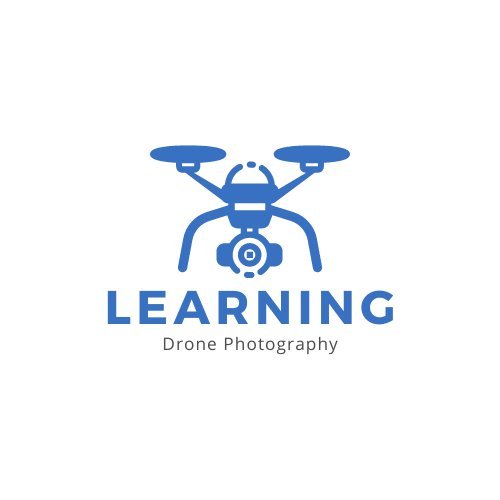
As educators and advocates for responsible drone use, we’re committed to sharing our knowledge and expertise with aspiring aerial photographers.
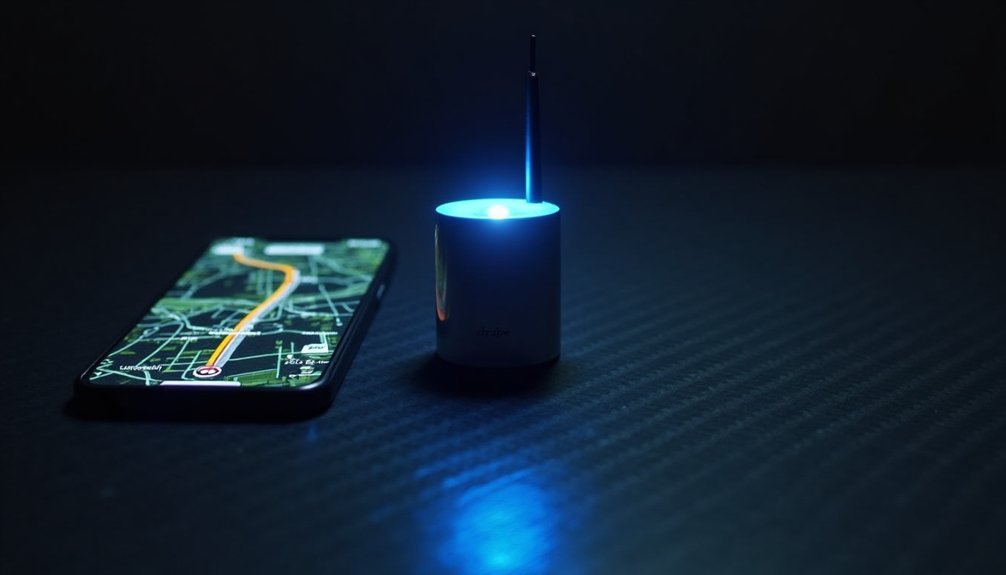
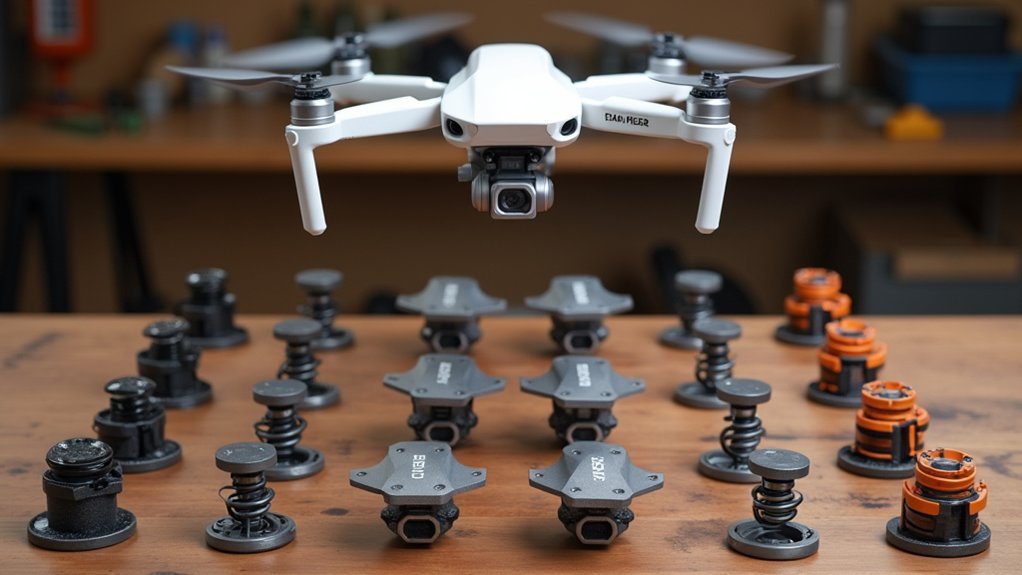
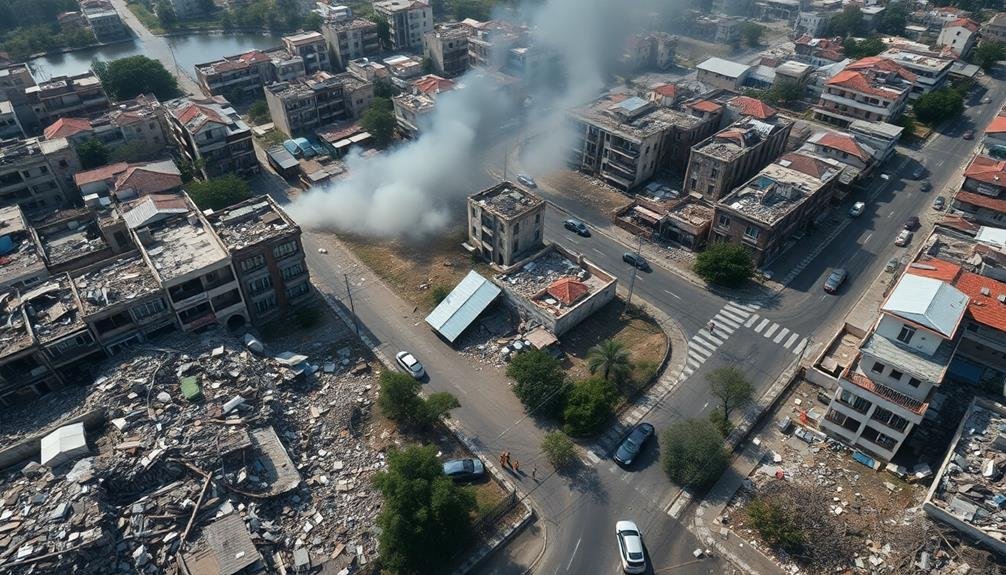
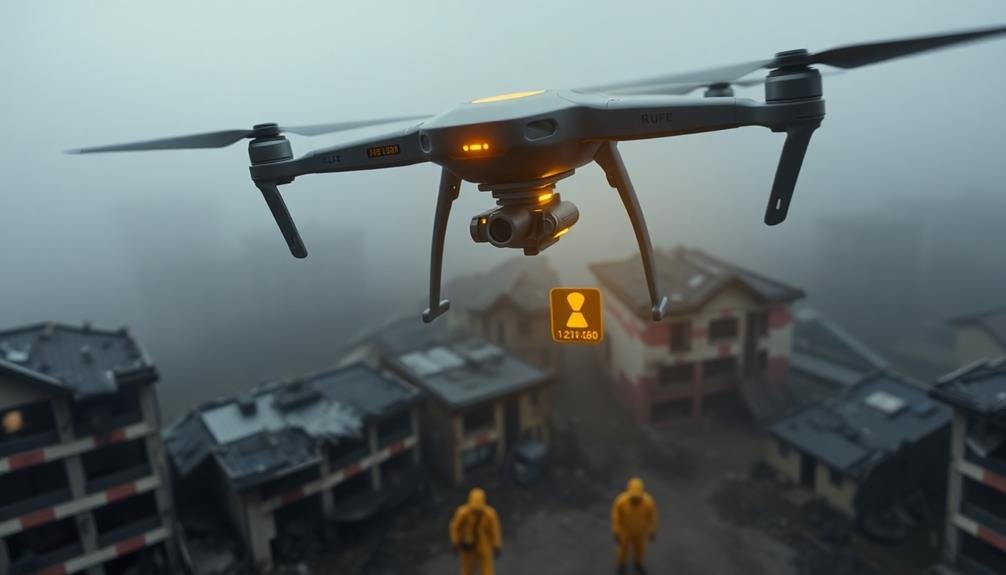
Leave a Reply